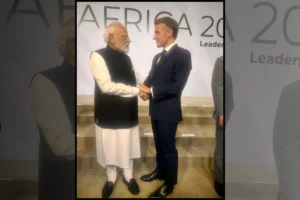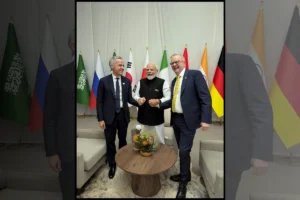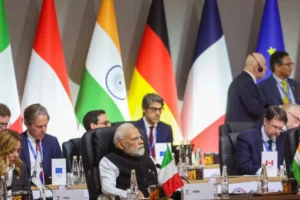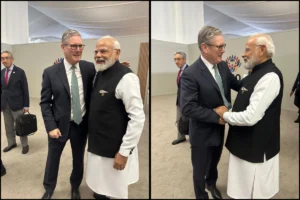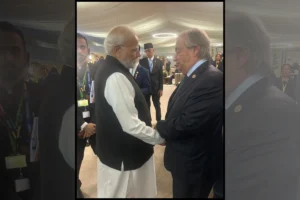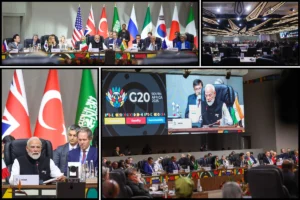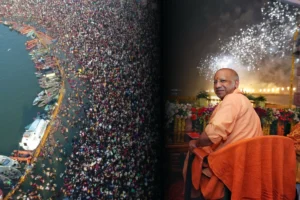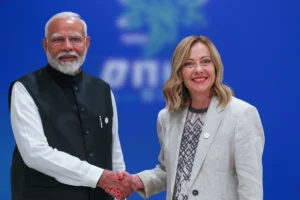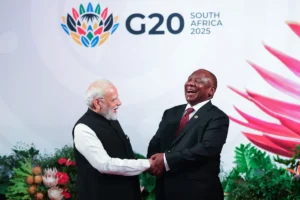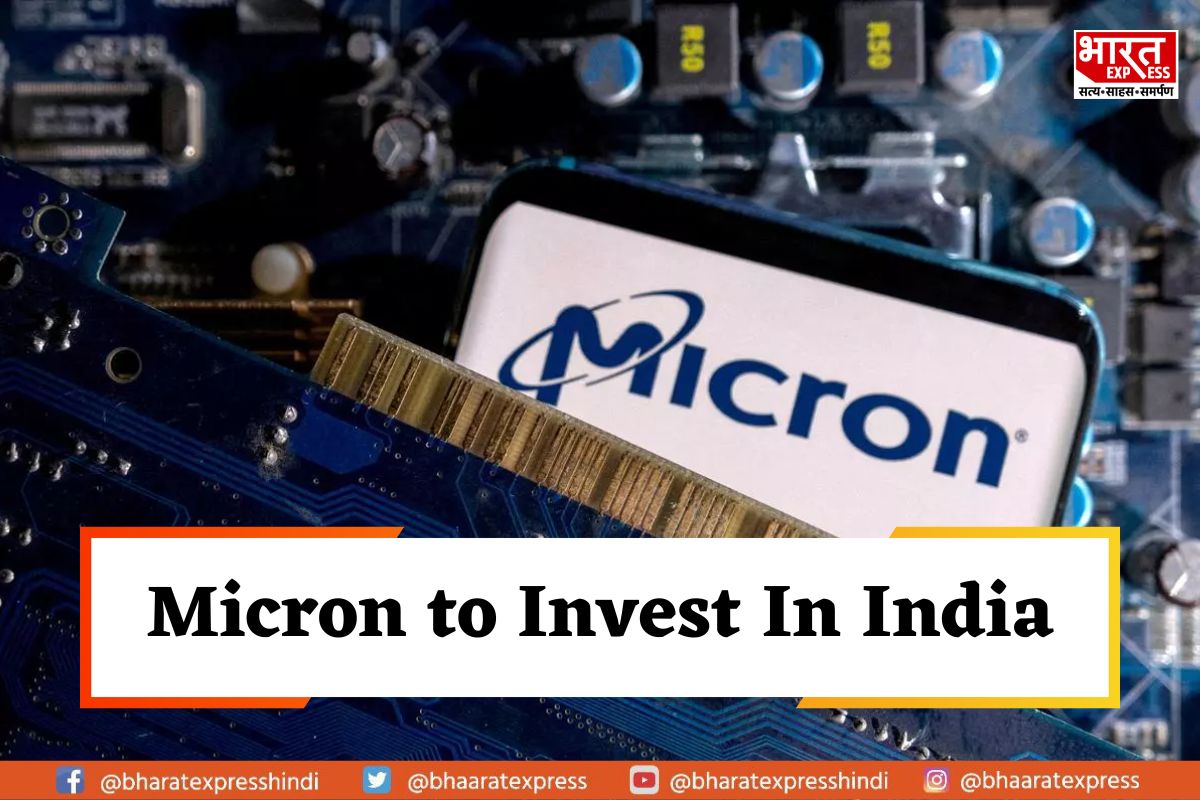
Micron Technology Inc. is close to finalizing plans to invest at least $1 billion to build a semiconductor packaging factory in India. This move as a result would diversify its geographic reach at a time when US tensions with China are high. An announcement could be made as soon as the Prime Minister of India, Narendra Modi, visits the United States the following week. Reportedly, the amount of money committed could reach $2 billion. There is no assurance that an agreement will be finalised, and the specifics may change as discussions proceed.
The agreement would support Modi’s ambitious “Make in India” plans while giving Washington a chance to fortify vital supply chains that aren’t connected to China. According to US National Security Advisor Jake Sullivan, removing obstacles to technological trade between the two nations will be a major focus of Modi’s state visit on Tuesday in New Delhi.
The Chinese decision to forbid the use of Micron chips in what Beijing deemed critical infrastructure would precede the Indian investment, raising questions about the position of US chipmakers in the largest semiconductor market in the world. Micron promised to invest an additional $600 million in its Chinese plant on Friday in order to support the local economy and create jobs.
Requests for comment from the Indian Ministry of Technology and the Ministry of External Affairs went unanswered, and a Micron representative declined to respond.
As growing Chinese tensions raise concerns about the world’s reliance on Asian manufacturing hubs like Taiwan, the US is pushing to diversify advanced chipmaking. The largest memory chip manufacturer in the United States, Micron, has also received funding support for a $3.6 billion next-generation plant it plans to build in Japan.
On June 21, Modi begins his first official state visit, and on June 22, President Joe Biden will host him for a banquet. Additionally, the Indian president will address the US Congress. To entice chipmakers to India, Modi has promised to invest $10 billion and pledged that his administration will pay for half the cost of establishing all semiconductor sites.
To read more such news, download Bharat Express news apps









